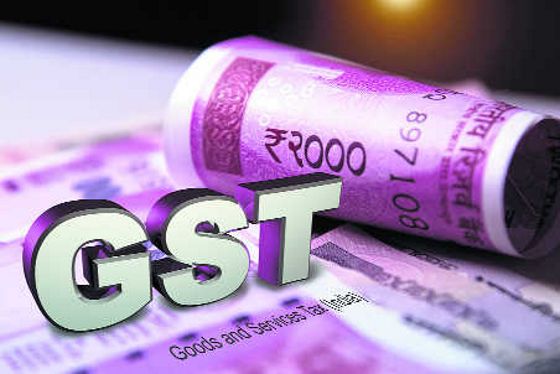
GST on Paratha: It was the argument of companies related to paratha and roti business that both paratha and roti are made from wheat flour, then they should have equal GST. Know what the whole matter is all about.
GST on Paratha: Have you ever known that there is a fight going on regarding the prices of your roti, paratha (GST on Roti Paratha). For the time being, the news of work is that if you eat parathas, then they are going to be more expensive than roti. If you are shocked then know here what is the whole matter…
Actually, according to the Appellate Authority of Advance Ruling (AAAR) of Gujarat, you will have to pay more GST for eating ready-to-cook paratha, that is, you will have to spend more. Ready-to-cook roti will cost you cheap and paratha will be expensive because of this, GST will have to be paid at the rate of 5 percent on roti and 18 percent on paratha. Ahmedabad-based company Vadilal Industries had appealed for uniform GST on roti-paratha, on which this decision has been given. However, the same argument of companies related to frozen paratha and roti or ready-to-eat business was that if both paratha and roti are made from wheat flour, then there should be equal GST on them.
Gujarat GST Authority said that the roti is ready to eat while the company’s paratha is ready to cook. Tax authorities are of the clear opinion that paratha is different from roti, so GST will also be different on it. Paratha cannot be made without ghee or butter. It is okay to charge 18 per cent tax on ghee-laden rotis or parathas as they are made with the help of ghee or butter which attracts higher GST.
In fact, this whole matter came into the limelight when the Ahmedabad Bench of the Authority for Advance Rulings had said that 18 percent GST should be levied on frozen parathas. Vadilal Industries appealed against this in the Appellate Authority. This justified the decision of AAR and now 18 per cent GST will remain on paratha.
Vadilal Industries had said that both roti parathas are made from wheat flour and water, so the GST should be same on them, but the Appellate Authority said that the quantity of flour in Vadilal’s Malabar Paratha is 62 percent and in Mixed Vegetable Paratha 32 percent. Along with this, potato, radish, onion, vegetable oil, salt are also included, so it will attract GST of 18 percent, not 5 percent.
Gujarat’s AAAR (Appellate Authority For Advance Ruling) has said that paratha is not like roti/chapati/khakhada anyway and if frozen paratha (ie to be heated for 3-4 minutes before eating) then not at all, so that But GST will be levied at the rate of 18 percent, not 5 percent. Earlier, Kerala AAR (Authority for Advance Ruling) had decided to levy GST at the rate of 18 per cent on Malabar Classic Parote, whereas in the opinion of Maharashtra AAR and Karnataka AAAR the rate of 18 per cent was not correct.





